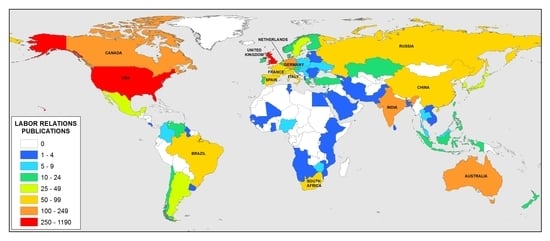Worldwide Scientific Production Indexed by Scopus on Labour Relations
Abstract
:1. Introduction
2. Materials and Methods
3. Results
3.1. Types and Languages of Publications
3.2. Evolution of Scientific Output
3.3. Publication Distribution by Countries and Institutions
3.4. Distribution of Output in Subject Categories and Journals
3.5. Analysis of Author Keywords and Index Keywords
4. Discussion and Conclusions
Acknowledgments
Author Contributions
Conflicts of Interest
References
- Fossum, J.A. Labour Relations: Development, Structure, Process; Mcgraw Hill Higher Education: New York, NY, USA, 2014. [Google Scholar]
- Beauregard, T.A.; Henry, L.C. Making the link between work-life balance practices and organizational performance. Hum. Resour. Manag. Rev. 2009, 19, 9–22. [Google Scholar] [CrossRef] [Green Version]
- Camerer, C.F.; Hogarth, R.M. The effects of financial incentives in experiments: A review and capital-labor-production framework. J. Risk Uncertain. 1999, 19, 7–42. [Google Scholar] [CrossRef]
- Shen, J.; Benson, J. Tripartite consultation in China: A first step towards collective bargaining? Int. Labour Rev. 2008, 147, 231–248. [Google Scholar] [CrossRef]
- Glucksmann, M. Shifting boundaries and interconnections: Extending the ‘total social organisation of labour’. Sociol. Rev. 2005, 53, 19–36. [Google Scholar] [CrossRef]
- Knights, D.; Willmott, H. Labour Process Theory; Springer: Berlin, Gernmany, 2016. [Google Scholar]
- Rueschemeyer, D.; Skocpol, T. States, Social Knowledge, and the Origins of Modern Social Policies; Princeton University Press: Princeton, NJ, USA, 1996; p. 117. [Google Scholar]
- Cavalcanti, J.S.B.; Bendini, M.I. Globalization and change in labour relations in fruit regions of Brazil and Argentina. Res. Rural Sociol. Dev. 2014, 20, 3–32. [Google Scholar]
- Sobczak, A. Are codes of conduct in global supply chains really voluntary? From soft law regulation of labour relations to consumer law. Bus. Ethics Q. 2006, 16, 167–184. [Google Scholar] [CrossRef]
- Drummonds, H.H. Reforming labour law by reforming labour law preemption doctrine to allow the states to make more labour relations policy. La. Law Rev. 2009, 70, 97–191. [Google Scholar]
- Petrescu-Prahova, M.; Spiller, M.W. Women’s Wage Theft: Explaining Gender Differences in Violations of Wage and Hour Laws. Work Occup. 2016, 43, 371–400. [Google Scholar] [CrossRef]
- Wang, J. Local knowledge, state power, and the science of industrial labour relations: William Leiserson, David Saposs, and American labour economics in the interwar years. J. Hist. Behav. Sci. 2010, 46, 371–393. [Google Scholar] [CrossRef] [PubMed]
- Ford, M. Continuity and change in Indonesian labour relations in the habibie interregnum. Southeast Asian J. Soc. Sci. 2000, 28, 59–88. [Google Scholar] [CrossRef]
- Streeck, W. The uncertainties of management in the management of uncertainty: Employers, labor relations and industrial adjustment in the 1980s. Work Employ. Soc. 1987, 1, 281–308. [Google Scholar] [CrossRef]
- Danthine, J.-P.; Kurmann, A. The macroeconomic consequences of reciprocity in labour relations. Scand. J. Econ. 2008, 109, 857–881. [Google Scholar] [CrossRef]
- Behrens, C.K.; Sollenberger, J.R. The National Labour Relations Act: A potential legal constraint upon quality circles and other employer-sponsored employee committees. Labour Law J. 1983, 34, 776–780. [Google Scholar]
- Haidinger, B. Transnational (labour) relations in private homes. A question of gendered inequality. SWS Rundsch. 2012, 52, 412–430. [Google Scholar]
- Kalleberg, A.L. Flexible firms and labour market segmentation: Effects of workplace restructuring on jobs and workers. Work Occup. 2003, 30, 154–175. [Google Scholar] [CrossRef]
- Benavides, F.G. Ill health, social protection, labour relations, and sickness absence. Occup. Environ. Med. 2006, 63, 228–229. [Google Scholar] [CrossRef] [PubMed]
- Kandel, W.A.; Donato, K.M. Does unauthorized status reduce exposure to pesticides? Evidence from the national agricultural workers survey. Work Occup. 2009, 36, 367–399. [Google Scholar] [CrossRef]
- Mitchell, M.S.; Koen, C.M.; Darden, S.M. Dress codes and appearance policies: Challenges under federal legislation, part 3: Title VII, the Americans with Disabilities Act, and the National Labour Relations Act. Health Care Manag. 2014, 33, 136–148. [Google Scholar]
- Holst, H. ‘Commodifying institutions’: Vertical disintegration and institutional change in German labour relations. Work Employ. Soc. 2014, 28, 3–20. [Google Scholar] [CrossRef]
- Serebryakova, N.A.; Dorokhova, N.V.; Dashkova, E.S.; Isaenko, M.I. Directions of transformation of labour relations in the modern conditions. J. Appl. Econ. Sci. 2016, 11, 1542–1551. [Google Scholar]
- Avdagic, S. State-labour relations in East Central Europe: Explaining variations in union effectiveness. Socio-Econ. Rev. 2005, 3, 25–53. [Google Scholar] [CrossRef]
- Trubek, D.M.; Mosher, J.; Rothstein, J.S. Transnationalism in the regulation of labour relations: International regimes and transnational advocacy networks. Law Soc. Inq. 2000, 25, 1187–1211. [Google Scholar] [CrossRef]
- Kaufman, B. Divergent fates: Company unions and employee involvement committees under the railway labour and national labour relations acts. Labour Hist. 2015, 56, 423–458. [Google Scholar] [CrossRef]
- Jensen, H. A history of legal exclusion: Labour relations laws and British Columbia’s agricultural workers, 1937–1975. Labour/Le Trav. 2014, 73, 67–95. [Google Scholar]
- Elliott, C.S.; Long, G. Manufacturing rate busters: Computer control and social relations in the labour process. Work Employ. Soc. 2016, 30, 135–151. [Google Scholar] [CrossRef]
- Hebdon, R.; Mazerolle, M. Regulating Conflict in Public Sector Labour Relations: The Ontario Experience (1984–1993). Relat. Ind. 2003, 58, 667–686. [Google Scholar] [CrossRef]
- Timming, A.R. The effect of foreign accent on employability: A study of the aural dimensions of aesthetic labour in customer-facing and non-customer-facing jobs. Work Employ. Soc. 2017, 31, 409–428. [Google Scholar] [CrossRef] [Green Version]
- Cooper, B.S.; Sureau, J. Teacher unions and the politics of fear in labour relations. Educ. Policy 2008, 22, 86–105. [Google Scholar] [CrossRef]
- Thelen, K. The paradox of globalization: Labour Relations in Germany and Beyond. Comp. Political Stud. 2003, 36, 859–880. [Google Scholar] [CrossRef]
- Fyodorova, A.E.; Katashinskikh, V.S.; Dvorakova, Z. Precarious labour relations as a factor of social pollution. Econ. Reg. 2016, 12, 802–814. [Google Scholar] [CrossRef]
- Brady, D.; Kaya, Y.; Gereffi, G. Stagnating industrial employment in Latin America. Work Occup. 2011, 38, 179–220. [Google Scholar] [CrossRef]
- Glagoleva, N.N.; Glagolev, E.S. Social and labour relations: International practice of regulation. World Appl. Sci. J. 2013, 25, 983–987. [Google Scholar]
- Bernhardt, A. The role of labour market regulation in rebuilding economic opportunity in the United States. Work Occup. 2012, 39, 354–375. [Google Scholar] [CrossRef]
- Flatt, J.W.; Blasimme, A.; Vayena, E. Improving the Measurement of Scientific Success by Reporting a Self-Citation Index. Publications 2017, 5, 20. [Google Scholar] [CrossRef]
- Bar-Ilan, J. Citations to the “Introduction to informetrics” indexed by WOS, Scopus and Google Scholar. Scientometrics 2010, 82, 495–506. [Google Scholar] [CrossRef]
- Mongeon, P.; Paul-Hus, A. The journal coverage of Web of Science and Scopus: A comparative analysis. Scientometrics 2016, 106, 213–228. [Google Scholar] [CrossRef]
- Archambault, É.; Campbell, D.; Gingras, Y.; Larivière, V. Comparing bibliometric statistics obtained from the Web of Science and Scopus. J. Am. Soc. Inf. Sci. Technol. 2009, 60, 1320–1326. [Google Scholar] [CrossRef]
- Solomon, D. Types of open access publishers in Scopus. Publications 2013, 1, 16–26. [Google Scholar] [CrossRef]
- Rodrigues, R.S.; Taga, V.; Passos, M.F.D. Research Articles about Open Access Indexed by Scopus: A Content Analysis. Publications 2016, 4, 31. [Google Scholar] [CrossRef]
- Miguel, S.; Tannuri de Oliveira, E.F.; Cabrini Grácio, M.C. Scientific production on open access: A worldwide bibliometric analysis in the academic and scientific context. Publications 2016, 4, 1. [Google Scholar] [CrossRef]
- OpenRefine. Available online: http://openrefine.org (accessed on 1 July 2017).
- Montoya, F.G.; Montoya, M.G.; Gómez, J.; Manzano-Agugliaro, F.; Alameda-Hernández, E. The research on energy in Spain: A scientometric approach. Renew. Sustain. Energy Rev. 2014, 29, 173–183. [Google Scholar] [CrossRef]
- De la Cruz-Lovera, C.; Perea-Moreno, A.J.; de la Cruz-Fernández, J.L.; Alvarez-Bermejo, J.A.; Manzano-Agugliaro, F. Worldwide Research on Energy Efficiency and Sustainability in Public Buildings. Sustainability 2017, 9, 1294. [Google Scholar] [CrossRef]
- Garrido-Cardenas, J.A.; Manzano-Agugliaro, F. The metagenomics worldwide research. Curr. Genet. 2017, 63, 819–829. [Google Scholar] [CrossRef] [PubMed]
- EU. COUNCIL DIRECTIVE 1999/70/EC of 28 June 1999 Concerning the Framework Agreement on Fixed-Term Work Concluded by ETUC, UNICE and CEEP. 1999. Available online: http://eur-lex.europa.eu/legal-content/EN/TXT/PDF/?uri=CELEX:31999L0070&from=FR (accessed on 10 July 2017).
- Choi, J.; Yi, S.; Lee, K.C. Analysis of keyword networks in MIS research and implications for predicting knowledge evolution. Inf. Manag. 2011, 48, 371–381. [Google Scholar] [CrossRef]
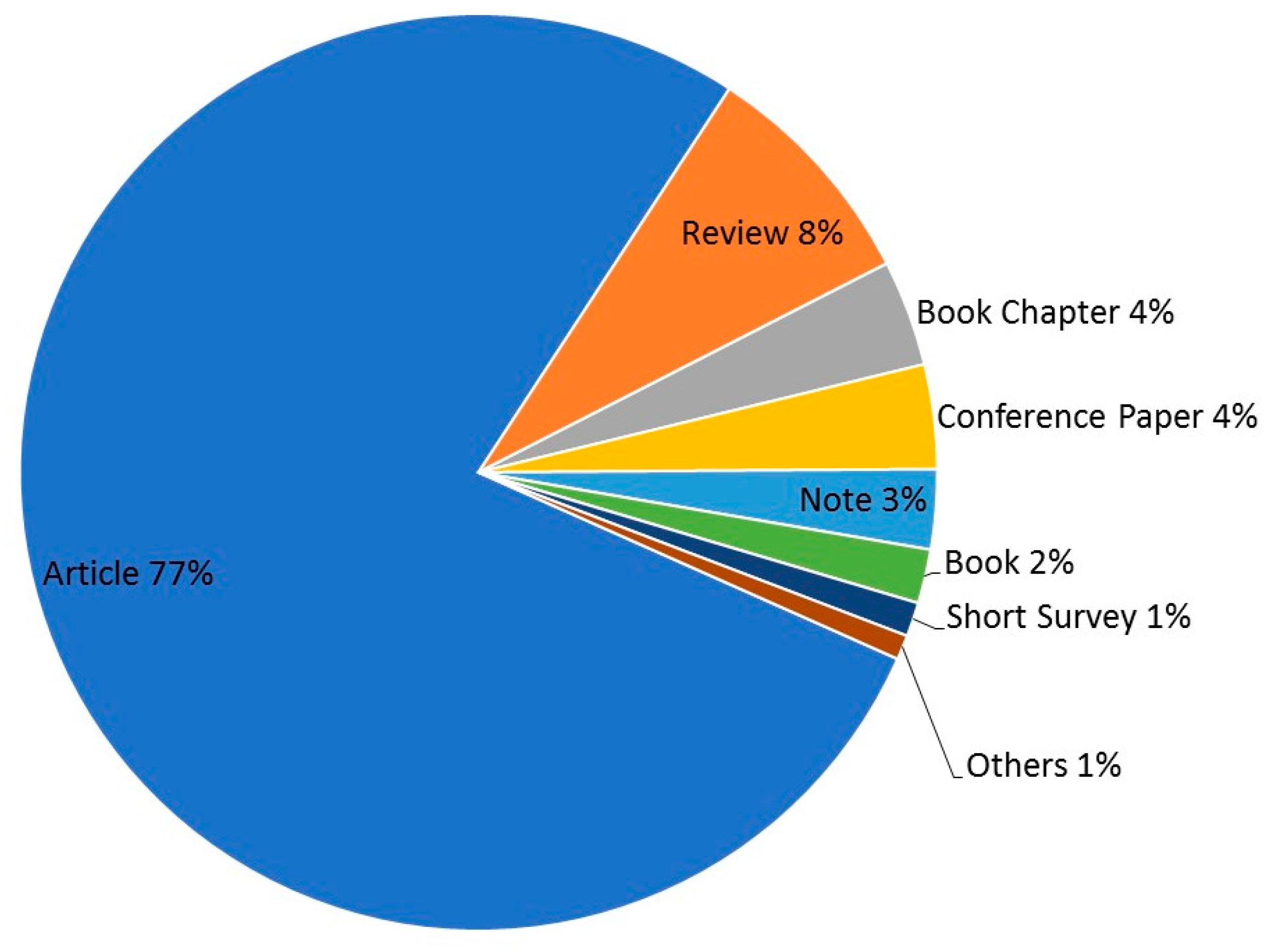
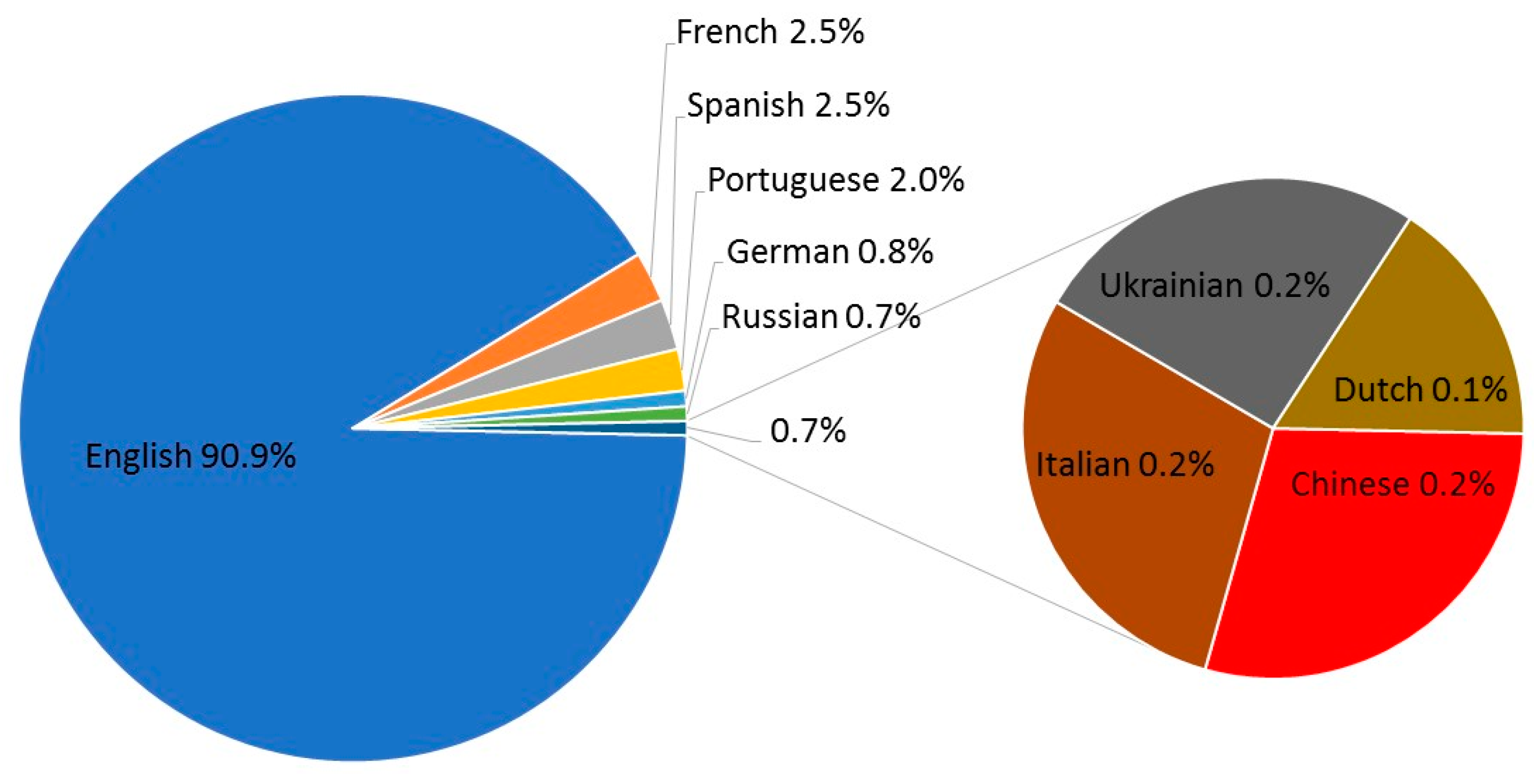
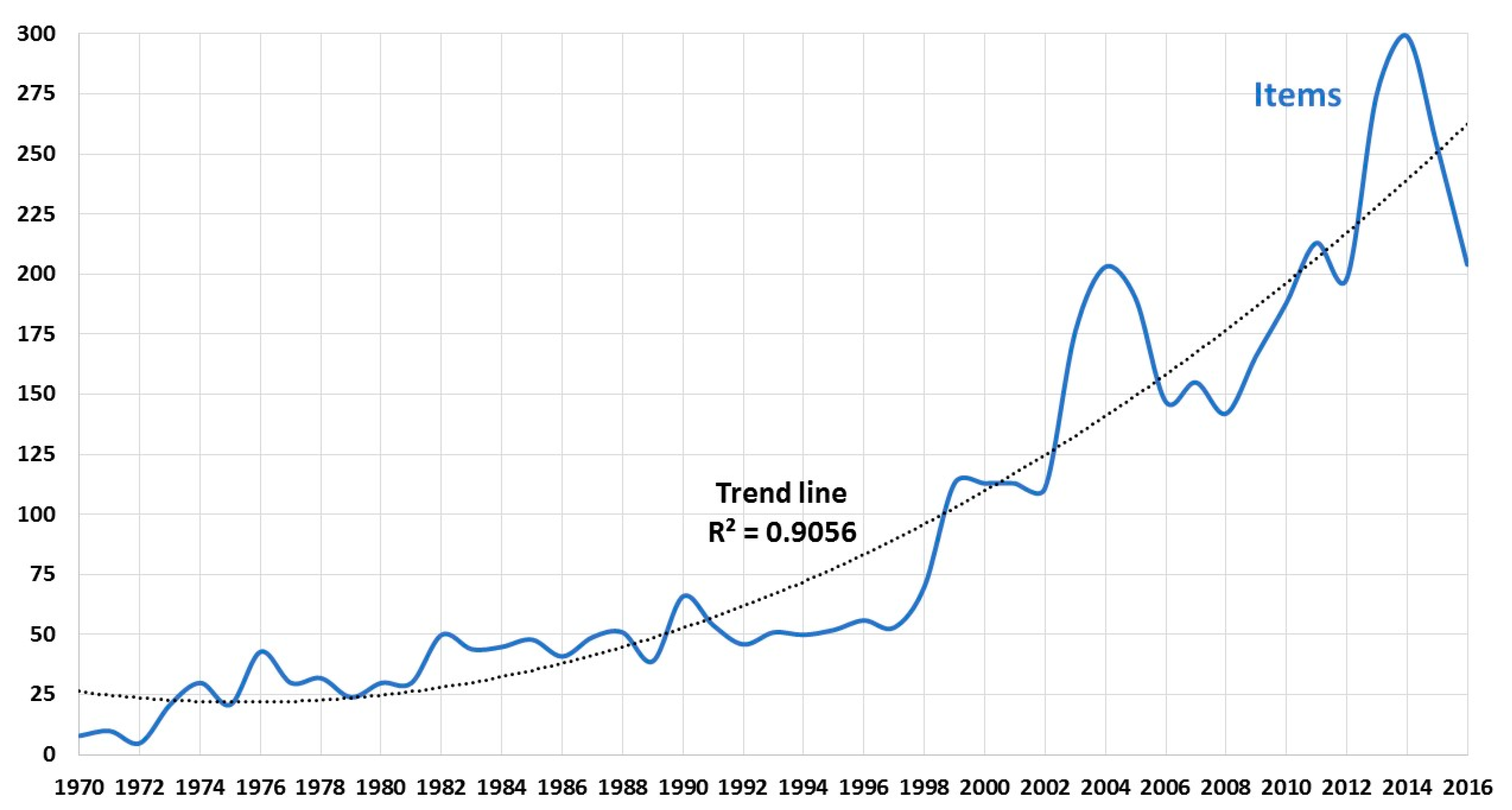
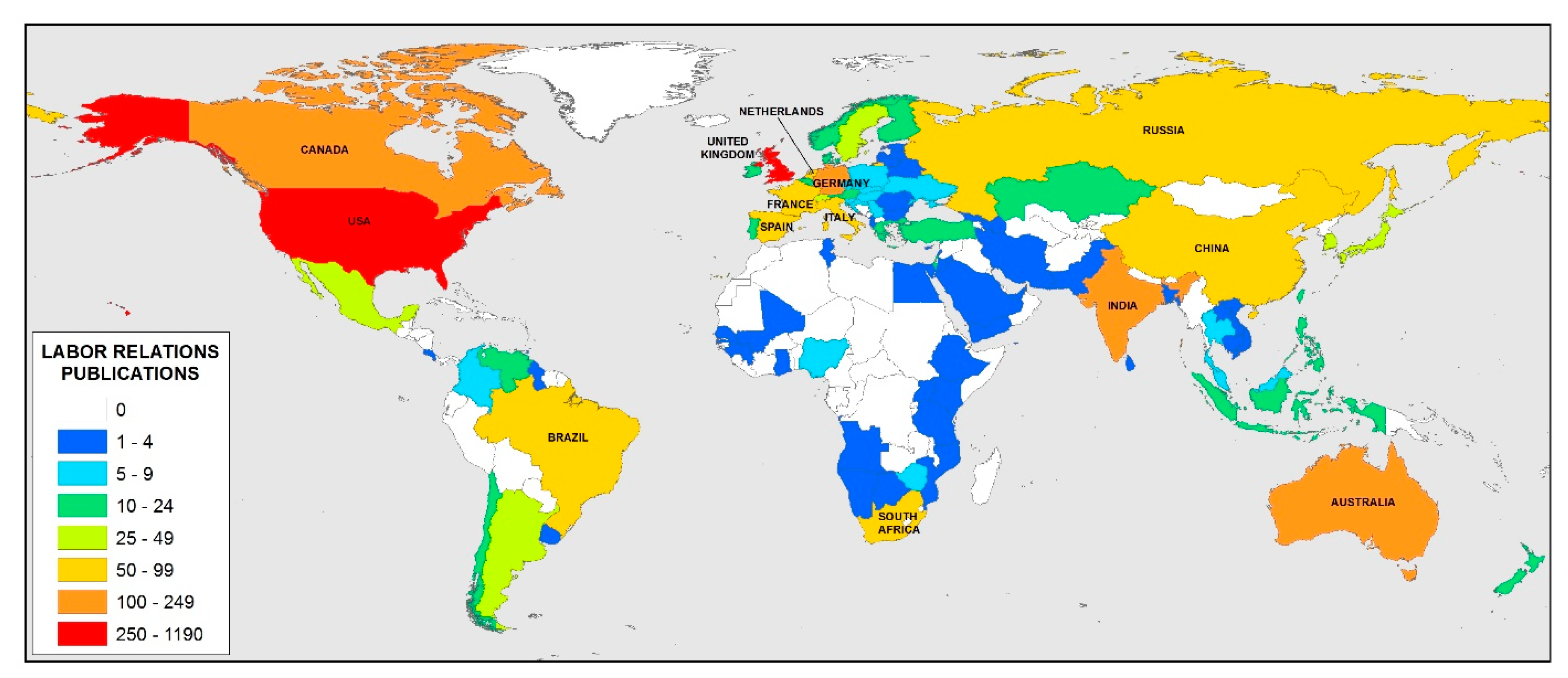
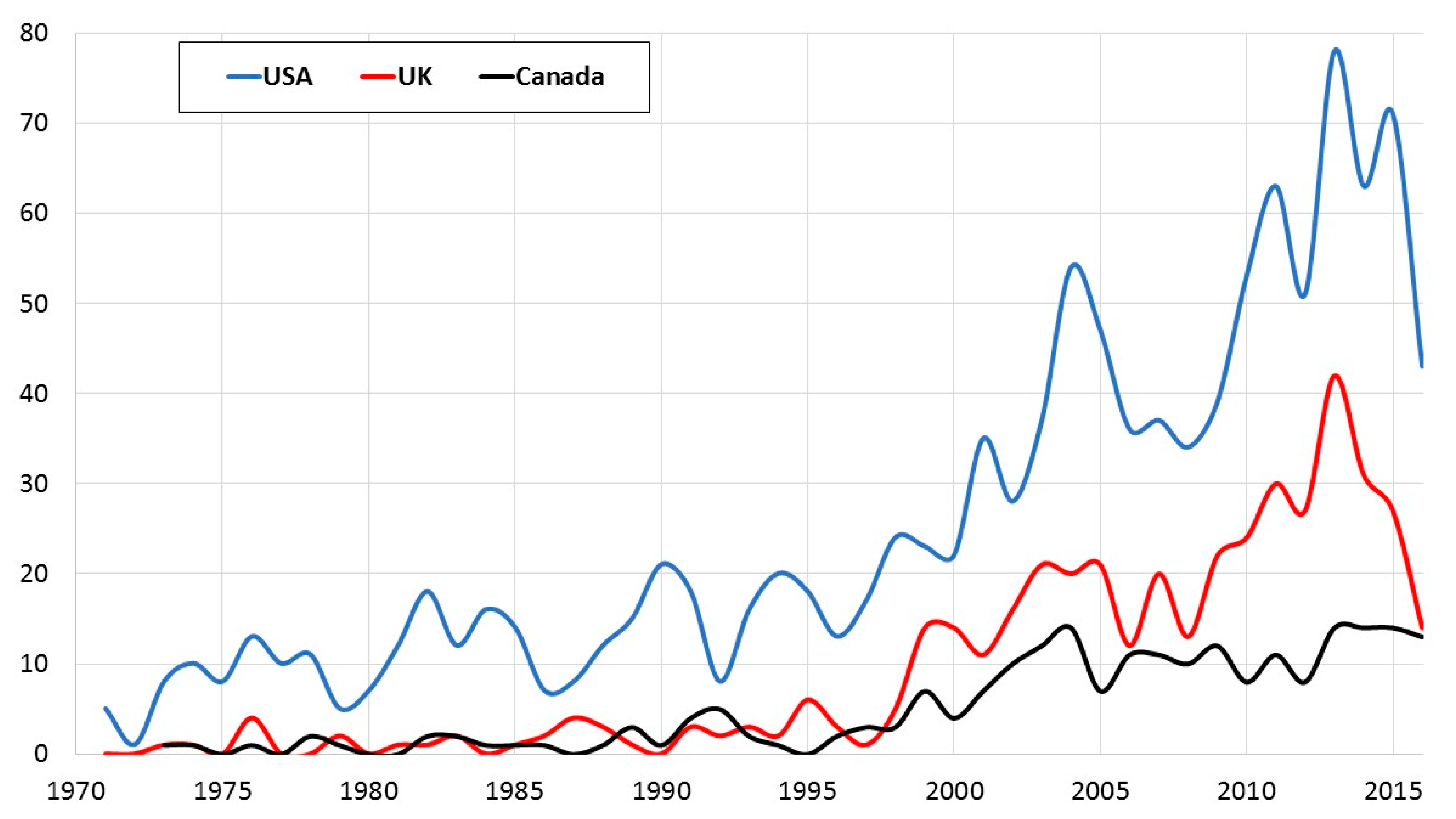
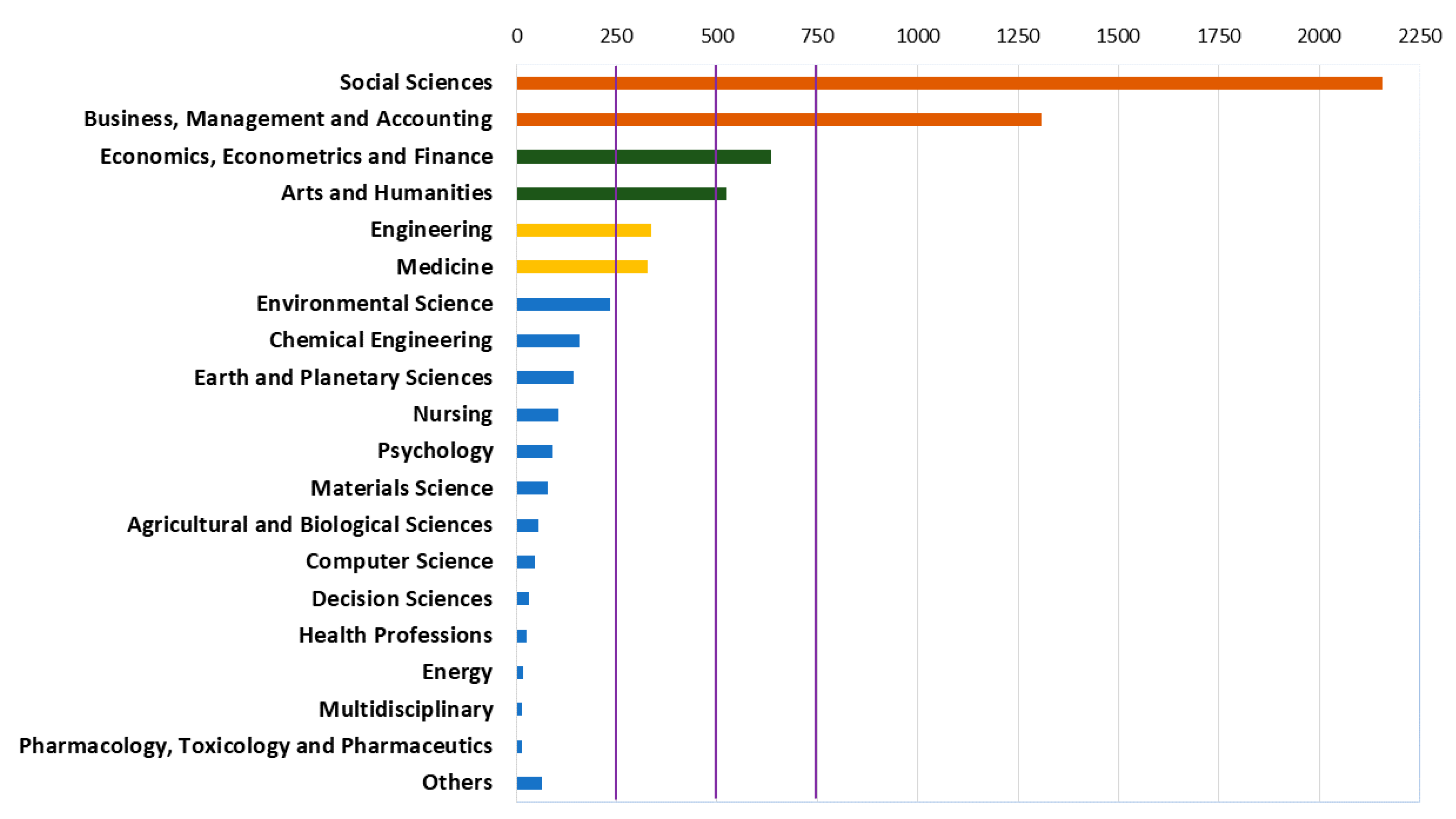
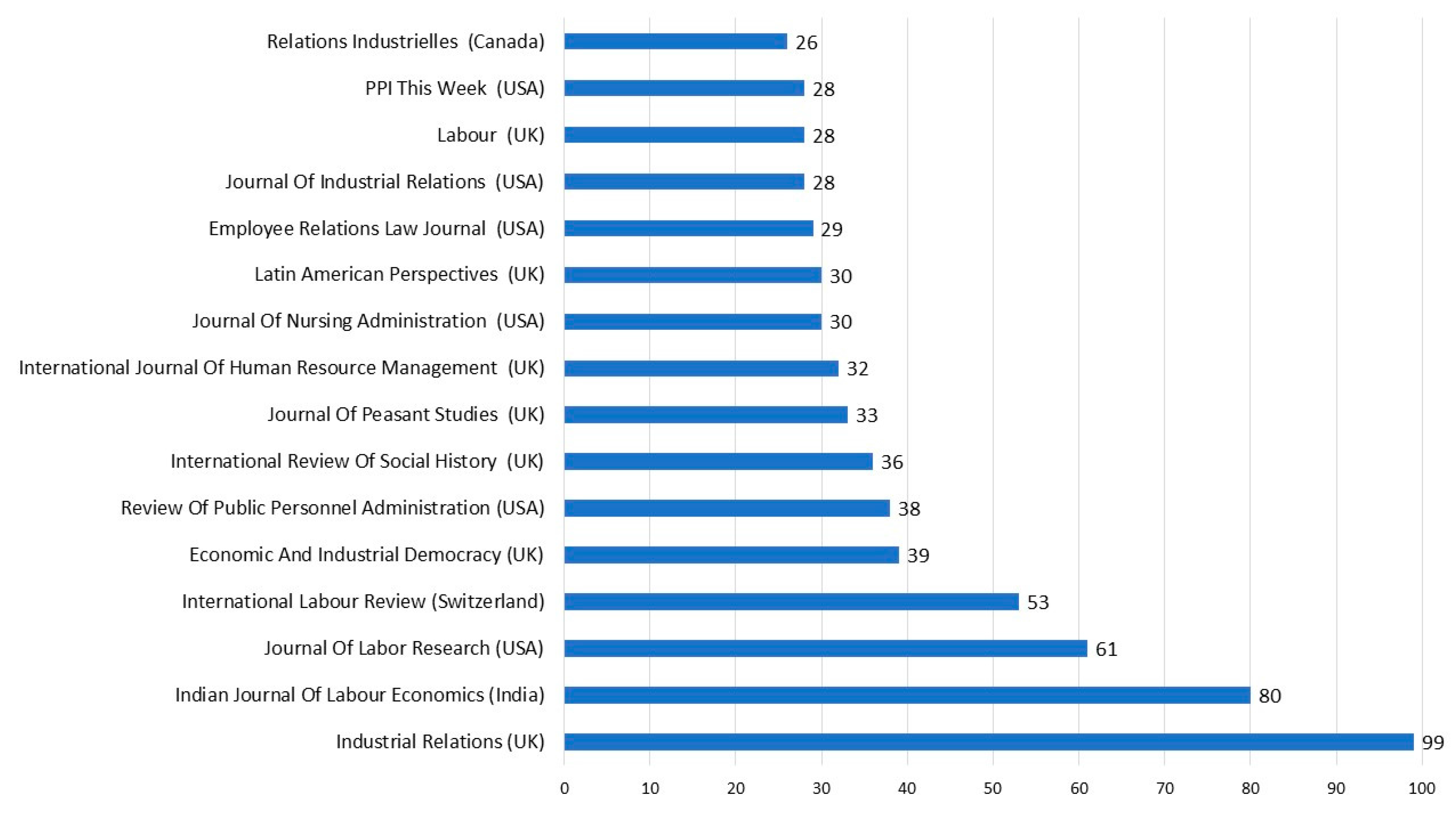
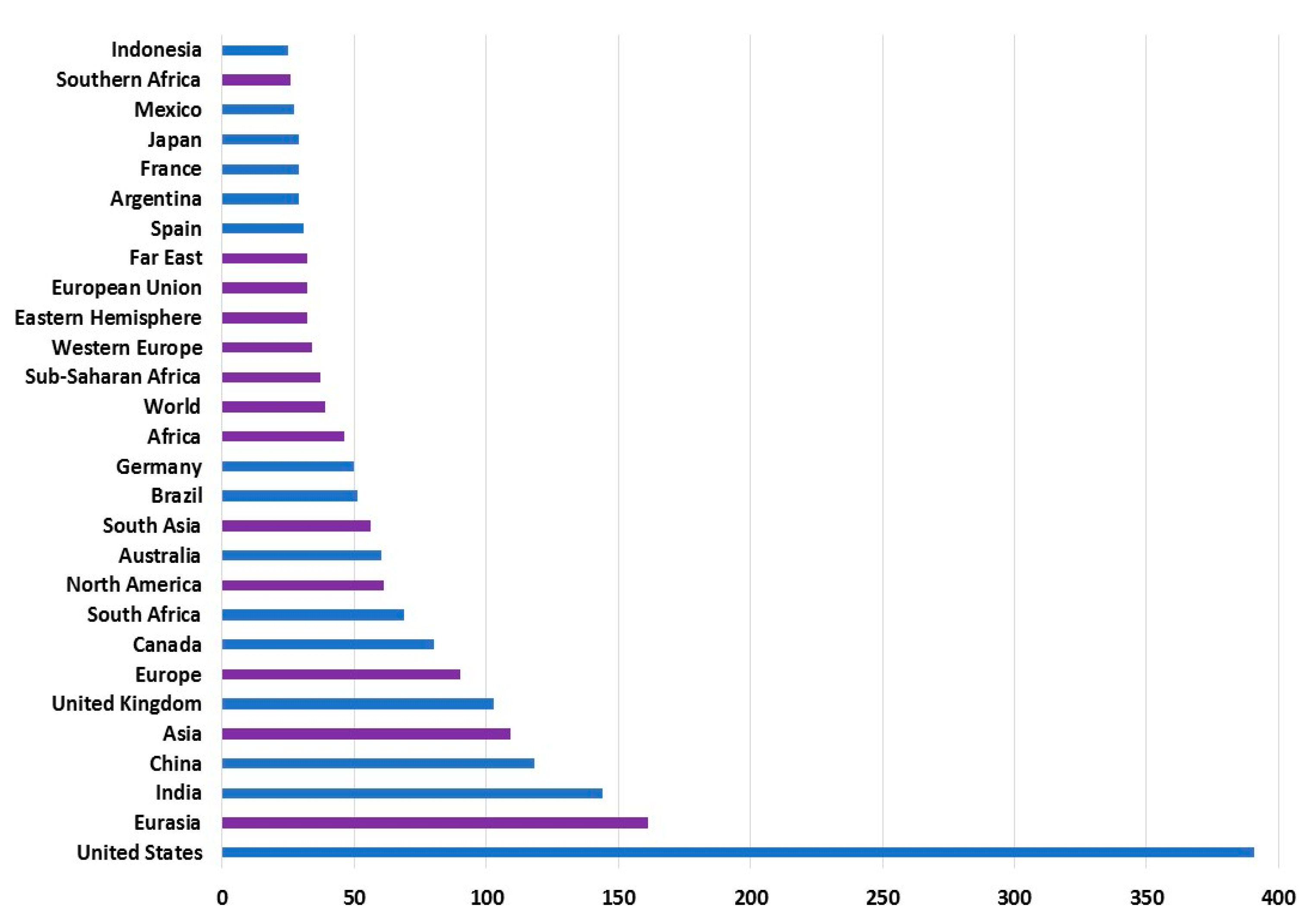
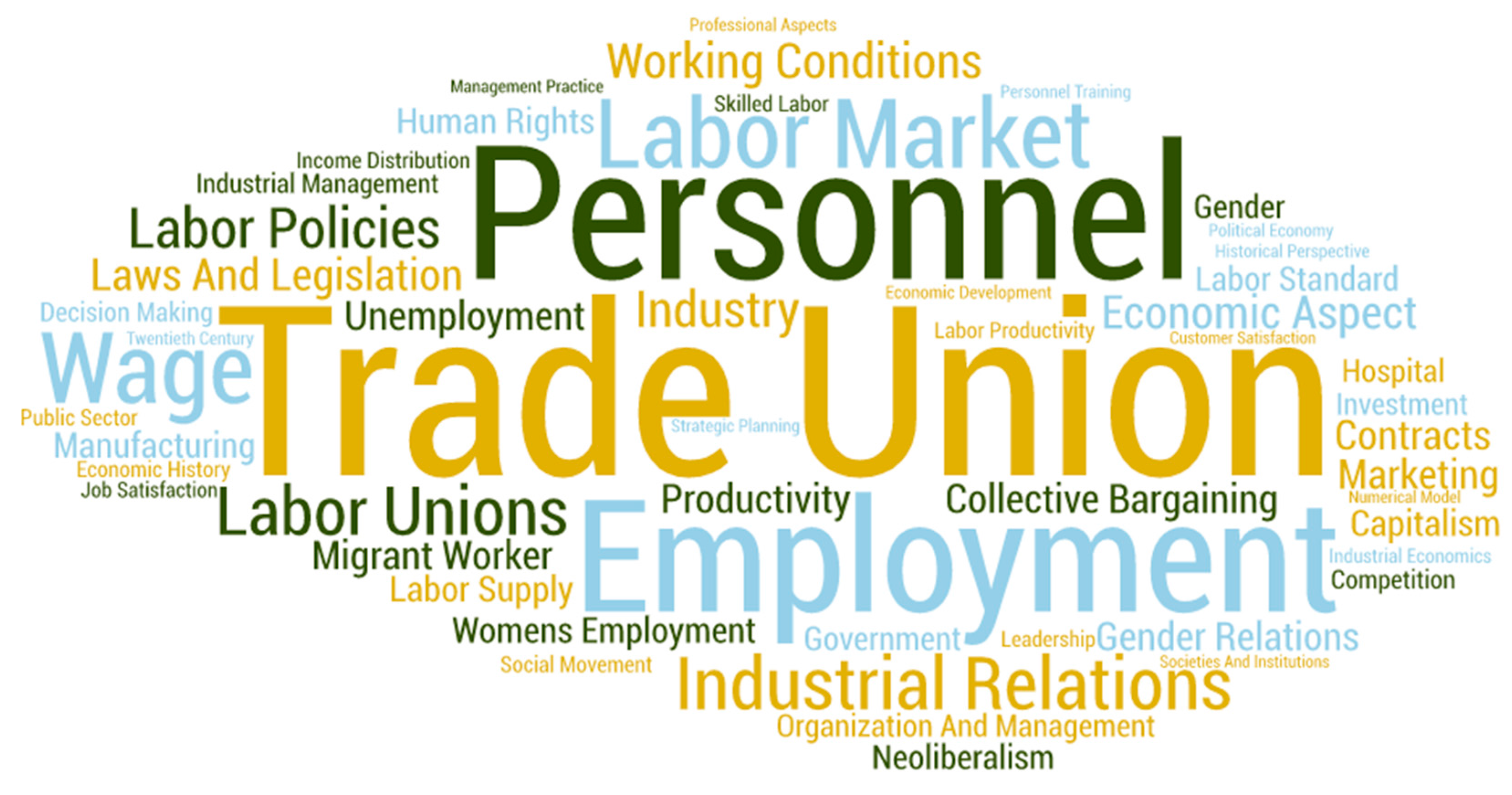
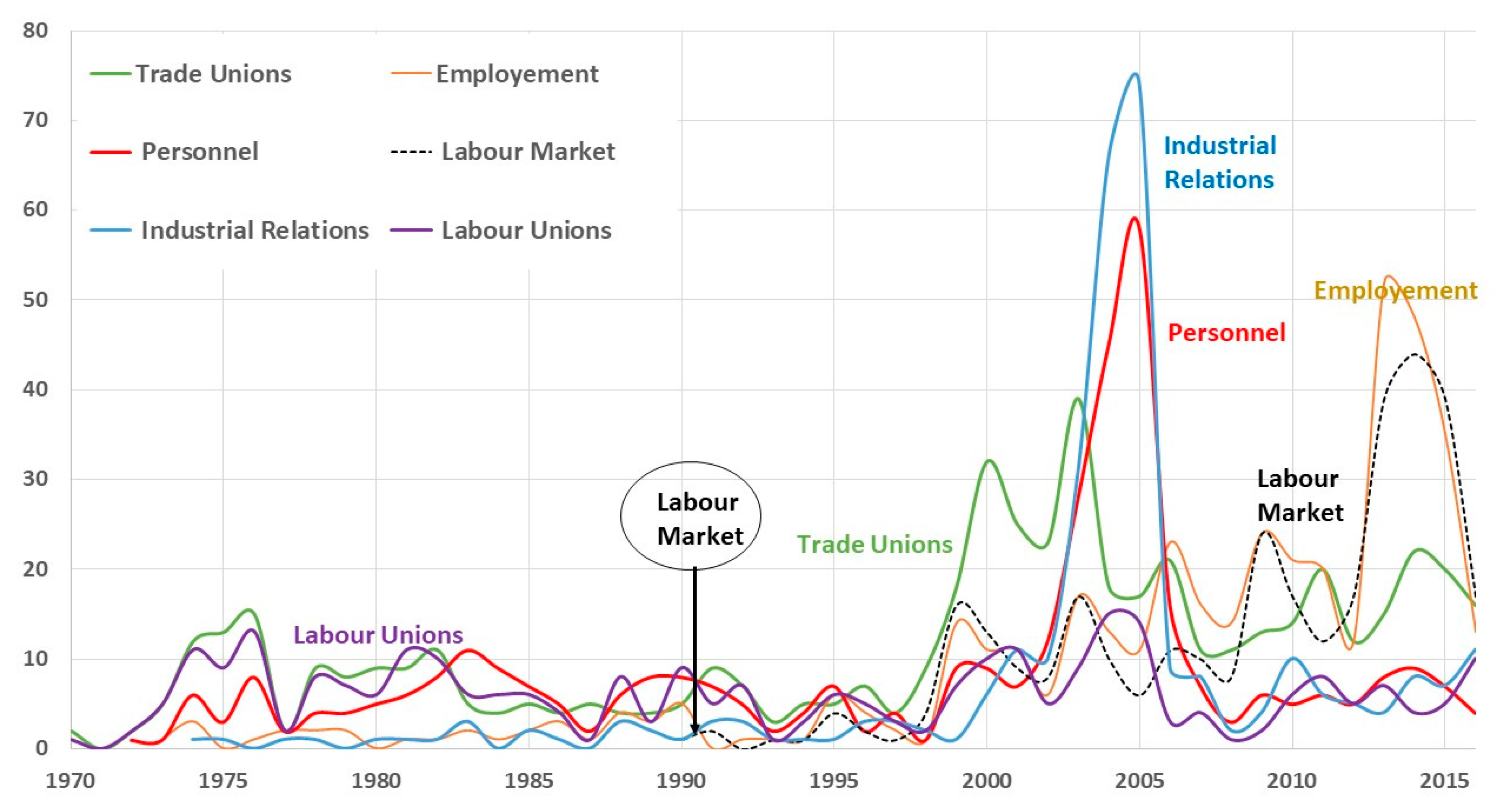


| Institution | Country | Items | Main Keywords Used | ||
|---|---|---|---|---|---|
| 1° | 2° | 3° | |||
| Cornell University | USA | 37 | Employment | Working Conditions | Labor Market |
| UC Berkeley | USA | 28 | Trade Union | Labor Unions | Collective Bargaining |
| London School of Economics and Political Science | UK | 27 | Employment | Globalization | Trade Union |
| University of California, Los Angeles | USA | 24 | Trade Union | Employment | Labor Market |
| University of Toronto | Canada | 23 | Employment | Workplace | Labor Migration |
| University of Melbourne | Australia | 23 | Employment | Labor Market | Trade Union |
| SOAS University of London | UK | 23 | Agricultural Labor | Capitalism | Class |
| York University | Canada | 22 | Trade Union | Employment | Labor Market |
| University of Manchester | UK | 21 | Working Conditions | Labor Market | Employment |
| University of Cambridge | UK | 21 | Labor Market | Employment | Labor Policy |
| Keyword | Items |
|---|---|
| Paper And Pulp Industry | 138 |
| Nursing | 105 |
| Industrial Management | 101 |
| Personnel Administration, Hospital | 79 |
| Hospital Personnel | 73 |
| Hospital Subdivisions And Components | 48 |
| Education | 45 |
| Public Sector | 37 |
| Occupational Health | 30 |
| Textile Industry | 30 |
| Order | Keyword | Items |
|---|---|---|
| 1 | Trade Union | 550 |
| 2 | Employment | 405 |
| 3 | Personnel | 352 |
| 4 | Labour Market | 340 |
| 5 | Industrial Relations | 338 |
| 6 | Labour Unions | 294 |
| 7 | Working Conditions | 288 |
| 8 | Organization and Management | 285 |
| 9 | Laws and Legislation | 243 |
| 10 | Labour Policies | 228 |
| 11 | Collective Bargaining | 227 |
| 12 | Wage | 213 |
| 13 | Economic Aspect | 107 |
| 14 | Women’s Employment | 100 |
| 15 | Migrant Worker | 87 |
| 16 | Gender Relations | 79 |
| 17 | Unemployment | 73 |
| 18 | Industrial Management | 54 |
| 19 | Human Rights | 50 |
| 20 | Manufacturing | 50 |
| 21 | Labour Supply | 49 |
| 22 | Industry | 47 |
| 23 | Productivity | 47 |
| 24 | Labour Standard | 46 |
| 25 | Marketing | 46 |
| 26 | Neoliberalism | 46 |
| 27 | Decision Making | 45 |
| 28 | Capitalism | 44 |
| 29 | Contracts | 44 |
| 30 | Economic Development | 43 |
| 31 | Income Distribution | 43 |
| 32 | Historical Perspective | 42 |
| 33 | Labour Productivity | 42 |
| 34 | Societies And Institutions | 42 |
| 35 | Economic History | 40 |
| 36 | Government | 40 |
| 37 | Professional Aspects | 40 |
| 38 | Social Movement | 40 |
| 39 | Management Practice | 39 |
| 40 | Industrial Economics | 38 |
| 41 | Investment | 38 |
| 42 | Political Economy | 38 |
| 43 | Competition | 37 |
| 44 | Public Sector | 37 |
| 45 | Twentieth Century | 36 |
| 46 | Hospital | 35 |
| 47 | Job Satisfaction | 35 |
| 48 | Personnel Training | 35 |
| 49 | Strategic Planning | 35 |
| 50 | Gender | 34 |
| 51 | Skilled Labour | 34 |
| 52 | Leadership | 33 |
| 53 | Numerical Model | 33 |
| 54 | Customer Satisfaction | 32 |
© 2017 by the authors. Licensee MDPI, Basel, Switzerland. This article is an open access article distributed under the terms and conditions of the Creative Commons Attribution (CC BY) license (http://creativecommons.org/licenses/by/4.0/).
Share and Cite
Salmerón-Manzano, E.; Manzano-Agugliaro, F. Worldwide Scientific Production Indexed by Scopus on Labour Relations. Publications 2017, 5, 25. https://doi.org/10.3390/publications5040025
Salmerón-Manzano E, Manzano-Agugliaro F. Worldwide Scientific Production Indexed by Scopus on Labour Relations. Publications. 2017; 5(4):25. https://doi.org/10.3390/publications5040025
Chicago/Turabian StyleSalmerón-Manzano, Esther, and Francisco Manzano-Agugliaro. 2017. "Worldwide Scientific Production Indexed by Scopus on Labour Relations" Publications 5, no. 4: 25. https://doi.org/10.3390/publications5040025





